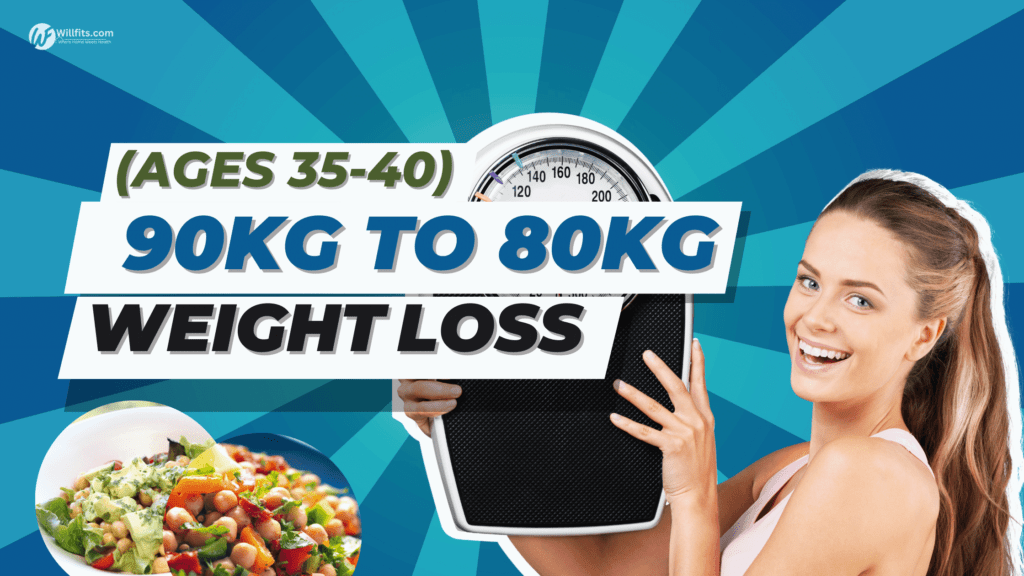Savor the Flavor
Welcome to “Savor the Flavor,” your gateway to an exciting world of low-carb Indian cuisine! Embark on a culinary adventure where traditional Indian flavors meet health-conscious eating, allowing you to enjoy delicious meals while maintaining your dietary goals.
Why Low-Carb Indian Cuisine?
Indian cuisine is celebrated for its rich and diverse flavors, aromatic spices, and vibrant colors. However, many traditional dishes are high in carbohydrates due to ingredients like rice, bread, and potatoes. At “Savor the Flavor,” we transform these beloved recipes into low-carb masterpieces, ensuring you can indulge in your favorite dishes without compromising your health.
The Magic of Low-Carb Indian Cooking
Spices and Herbs
The essence of Indian cuisine lies in its spices. Turmeric, cumin, coriander, garam masala, and cardamom not only enhance flavor but also offer numerous health benefits. Fresh herbs such as cilantro, mint, and curry leaves add a burst of freshness and nutritional value to your meals.
Protein Power
Incorporate a variety of protein-rich ingredients such as chicken, fish, paneer (Indian cottage cheese), and tofu. These proteins form the foundation of many Indian dishes and are perfect for a low-carb diet. Eggs and low-carb legumes, like black soybeans, can also be excellent additions.
Low-Carb Substitutes
Swap high-carb ingredients with low-carb alternatives to enjoy traditional flavors without the extra carbs. Use cauliflower rice instead of basmati rice, almond flour instead of wheat flour, and zucchini noodles (zoodles) instead of regular noodles. These substitutions allow you to savor authentic Indian dishes while sticking to your low-carb lifestyle.
Must-Try Low-Carb Indian Recipes
Cauliflower Rice Biryani
Experience the exotic flavors of biryani with a low-carb twist. Cauliflower rice combined with tender chicken or vegetables and a medley of spices creates a fragrant and satisfying meal.
Keto Butter Chicken
Enjoy a keto-friendly version of the classic butter chicken. Succulent pieces of chicken in a creamy, spiced tomato sauce, served with cauliflower rice or coconut flour naan, make for a delightful meal.
Paneer Tikka
Paneer tikka is marinated in a blend of yogurt and spices, then grilled to perfection. Rich in protein and low in carbs, this dish is a delicious and healthy choice.
Zucchini Kofta Curry
Koftas made from grated zucchini and paneer are simmered in a flavorful tomato-based curry. This dish combines the best of Indian cuisine with a low-carb approach.
Tips for Low-Carb Indian Cooking Success
- Plan Ahead: Meal prep helps you stay on track and avoid high-carb temptations. Prepare ingredients and meals in advance for convenience.
- Mind Your Portions: Even with low-carb meals, portion control is essential to maintain a balanced diet.
- Stay Hydrated: Drinking plenty of water aids digestion and overall well-being, especially on a low-carb diet.
- Get Creative: Don’t be afraid to experiment with spices, herbs, and new ingredients. Indian cuisine offers endless possibilities for delicious low-carb creations.
Savor the Flavor” is more than a collection of recipes; it’s an invitation to explore and enjoy the richness of Indian cuisine in a healthy, low-carb way. With our curated selection of recipes, you can indulge in the diverse and vibrant flavors of India while staying committed to your health goals. Ready to embark on this culinary adventure? Let’s savor the flavor of delicious, low-carb Indian dishes!
Stay tuned for more recipes, tips, and culinary inspiration. Happy cooking!
Pilates Workout for Strength and Stability
Are you looking to enhance your strength and stability while enjoying a dynamic and engaging workout? Core Fusion is a transformative Pilates-based exercise program designed to sculpt, tone, and fortify your body. Whether you are a fitness enthusiast or a beginner, this workout can be tailored to meet your needs and help you achieve your fitness goals.
What is Core Fusion?
Core Fusion is a hybrid workout that combines traditional Pilates principles with elements of yoga, barre, and strength training. This fusion approach targets the core muscles—abdominals, back, and pelvic floor—while also engaging the entire body. The result is a comprehensive workout that improves strength, flexibility, balance, and overall stability.
Benefits of Core Fusion
Strength Building: Core Fusion emphasizes controlled movements that require muscle engagement and strength. By incorporating resistance bands, light weights, and bodyweight exercises, you can build and tone muscles throughout your body.
Improved Stability: The focus on core strength directly translates to better stability and balance. This is crucial for everyday activities and can help prevent injuries by improving your posture and alignment.
Enhanced Flexibility: Core Fusion workouts include stretches and movements that increase your flexibility. This not only helps in performing exercises more effectively but also reduces muscle stiffness and soreness.
Mind-Body Connection: Like traditional Pilates, Core Fusion promotes mindfulness and body awareness. The emphasis on controlled breathing and precise movements helps reduce stress and improve mental clarity.
Variety and Engagement: The dynamic nature of Core Fusion keeps workouts exciting and varied. By mixing different exercise disciplines, you avoid workout monotony and continuously challenge your body in new ways.
Core Fusion Exercises
Here are some key exercises commonly found in a Core Fusion workout:
Plank Variations: From forearm planks to side planks, these exercises engage the core, shoulders, and glutes, enhancing strength and stability.
Pilates Roll-Ups: This classic Pilates move strengthens the abdominals and improves spinal flexibility. It involves rolling up and down from a lying position to a seated position in a controlled manner.
Barre Leg Lifts: Borrowing from barre workouts, leg lifts target the lower body, especially the glutes and thighs, while also engaging the core for balance.
Resistance Band Rows: Using resistance bands to perform rowing movements targets the back muscles, biceps, and core, promoting upper body strength.
Yoga-Inspired Stretches: Incorporating yoga poses like the Downward Dog and Warrior series, these stretches enhance flexibility and balance while calming the mind.
Getting Started with Core Fusion
If you’re new to Core Fusion, here are some tips to help you get started:
Find a Class: Look for local studios or online platforms offering Core Fusion classes. Having an instructor guide you through the movements ensures proper form and maximizes the benefits.
Invest in Equipment: Basic equipment like a yoga mat, resistance bands, and light weights can enhance your workouts. Many exercises can also be done using just your body weight.
Start Slow: Begin with beginner-friendly workouts and gradually increase the intensity as your strength and stability improve. Consistency is key to seeing progress.
Listen to Your Body: Pay attention to how your body feels during and after workouts. It’s important to challenge yourself, but also to avoid overexertion and potential injury.
Stay Consistent: Aim for regular workouts, ideally 3-4 times a week. Consistency is crucial for building strength and seeing long-term benefits.
Core Fusion is a versatile and effective workout that can transform your fitness routine. By combining the best elements of Pilates, yoga, barre, and strength training, it offers a holistic approach to building strength, stability, and flexibility. Whether you are aiming to tone your muscles, improve your balance, or enhance your overall well-being, Core Fusion is a dynamic workout that can help you achieve your fitness goals.
Ready to embark on your Core Fusion journey? Find a class near you or explore online options and start experiencing the transformative power of this dynamic workout today!














